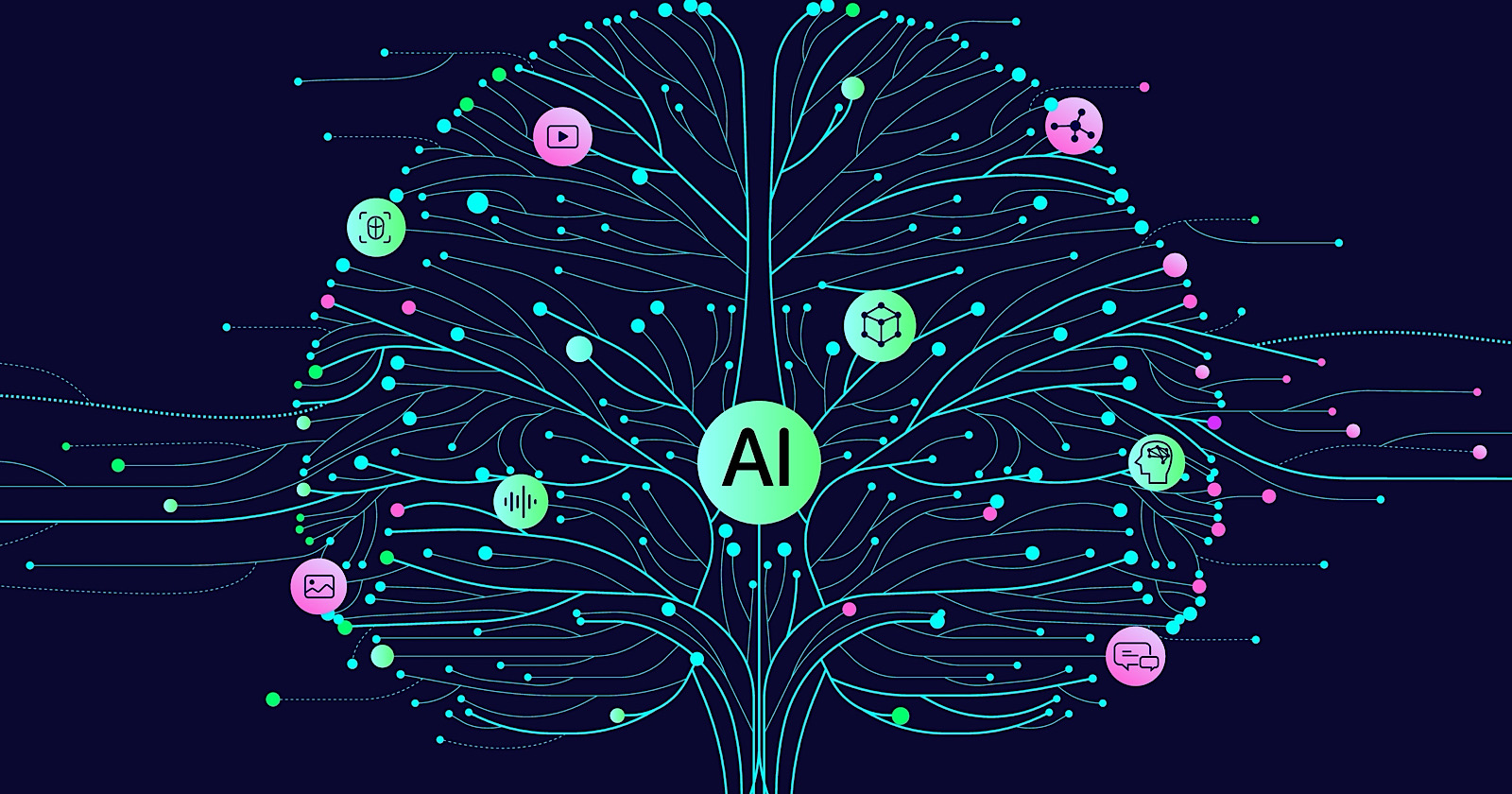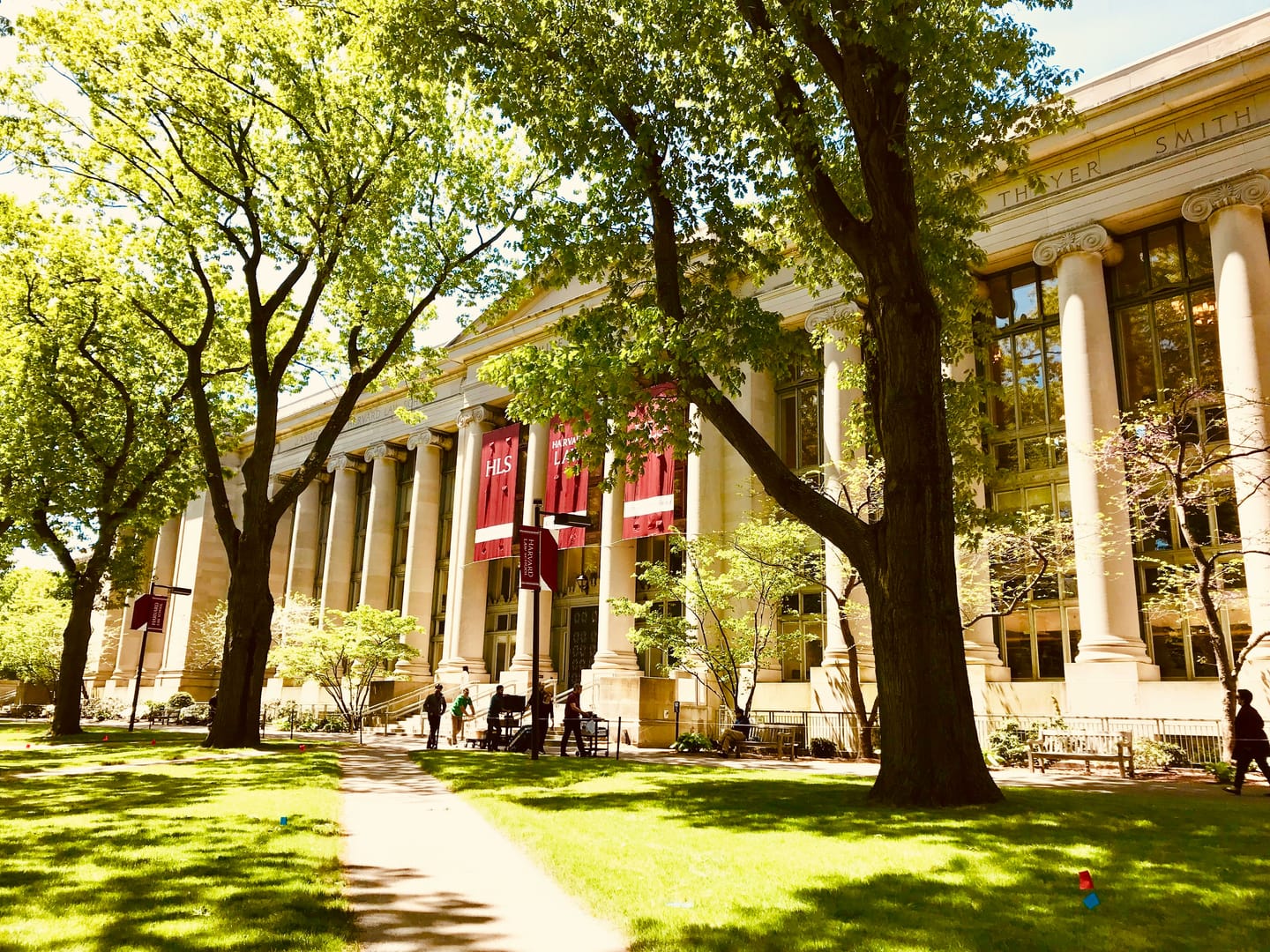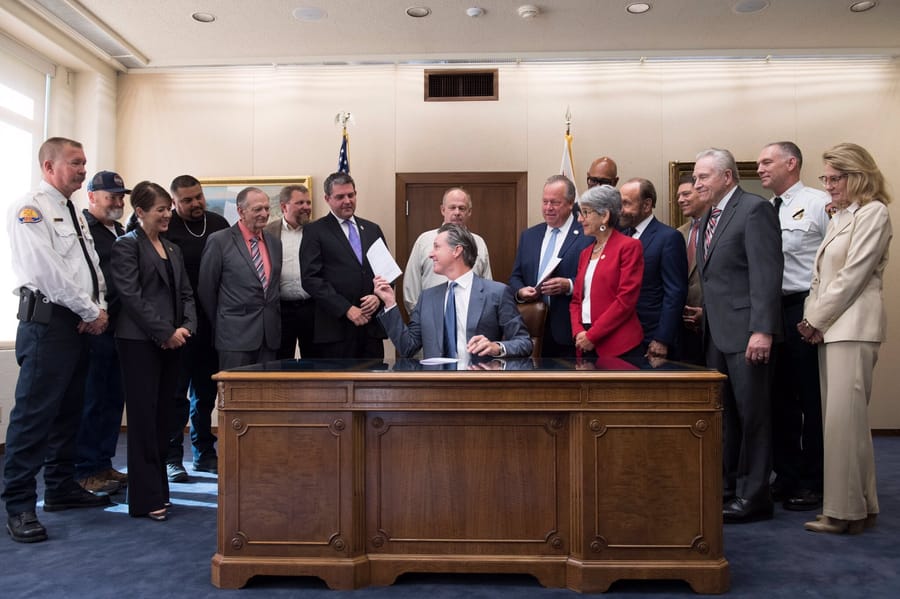A dramatic shift has occurred in how people use generative AI, with personal well-being applications now dominating technical uses – therapy and companionship ranks first on the list, according to Harvard Business Review's "The 2025 Top-100 Gen AI Use Case Report" published in April 2025, surpassing life organization and finding purpose as the most common AI applications.
Based on user feedback from Reddit and other online forums, Marc Zao-Sanders' analysis reveals the top 10 generative AI use cases, showing that personal well-being now dominates over previous technical and productivity-focused applications. One user stated that therapy and companionship rank first, with AI providing emotional support and guidance: I talk to it daily. It helps me with my brain injury daily struggles. It's helping me work through family shame, brain fog, inability to focus, and reminding me of what I have accomplished as I don't have any memory. Life organisation ranks second and finding purpose third, indicating a deeper, more existential shift in AI usage patterns.
The top 10 most popular use cases also include enhancing learning (4th), generating code (5th), generating ideas (6th), fun and nonsense (7th), improving code (8th), creativity (9th), and healthier living (10th). The report's author notes this shift indicates "GenAI is not merely a tool for efficiency but is increasingly becoming an integral part of human decision-making, creativity, and emotional support." Interestingly, marketing-related applications rank much lower – ad/marketing copy ranks 64th, writing blog posts 97th, and social media content 98- 99th, suggesting marketers haven't fully capitalised on generative AI's potential.
Sources:
1.

2.

3.











